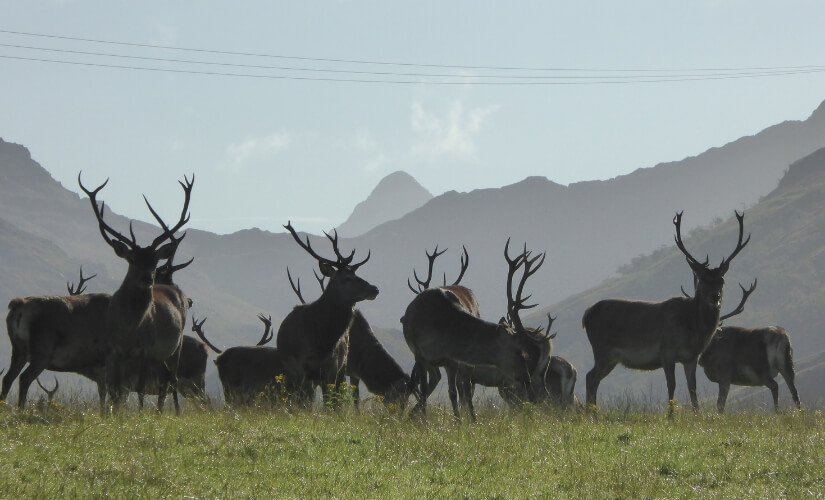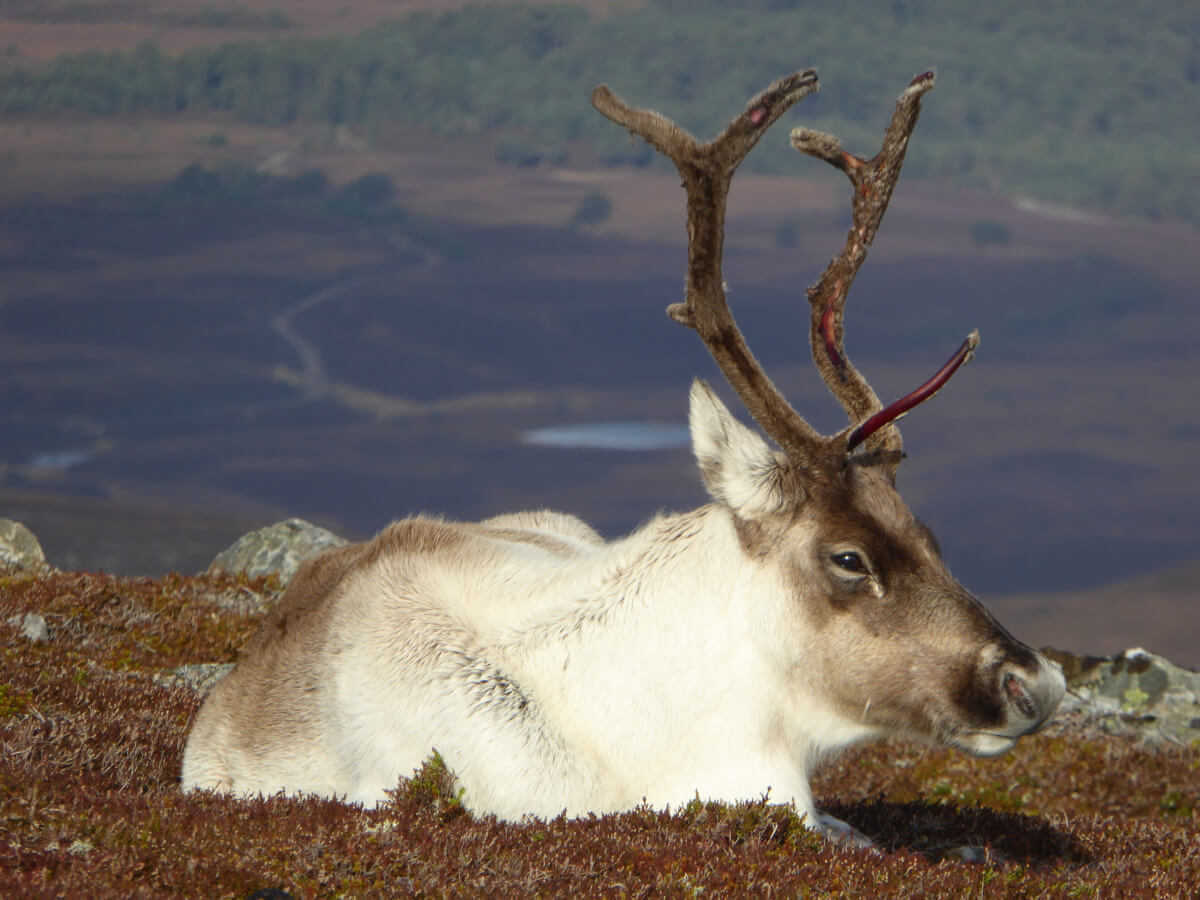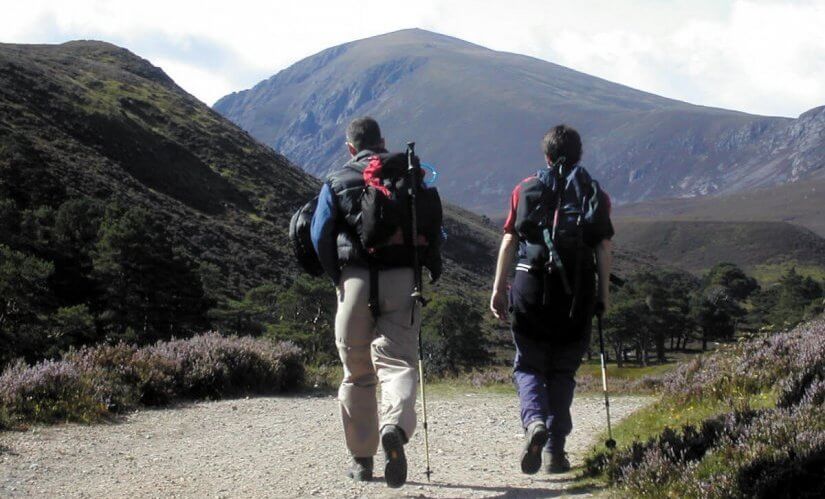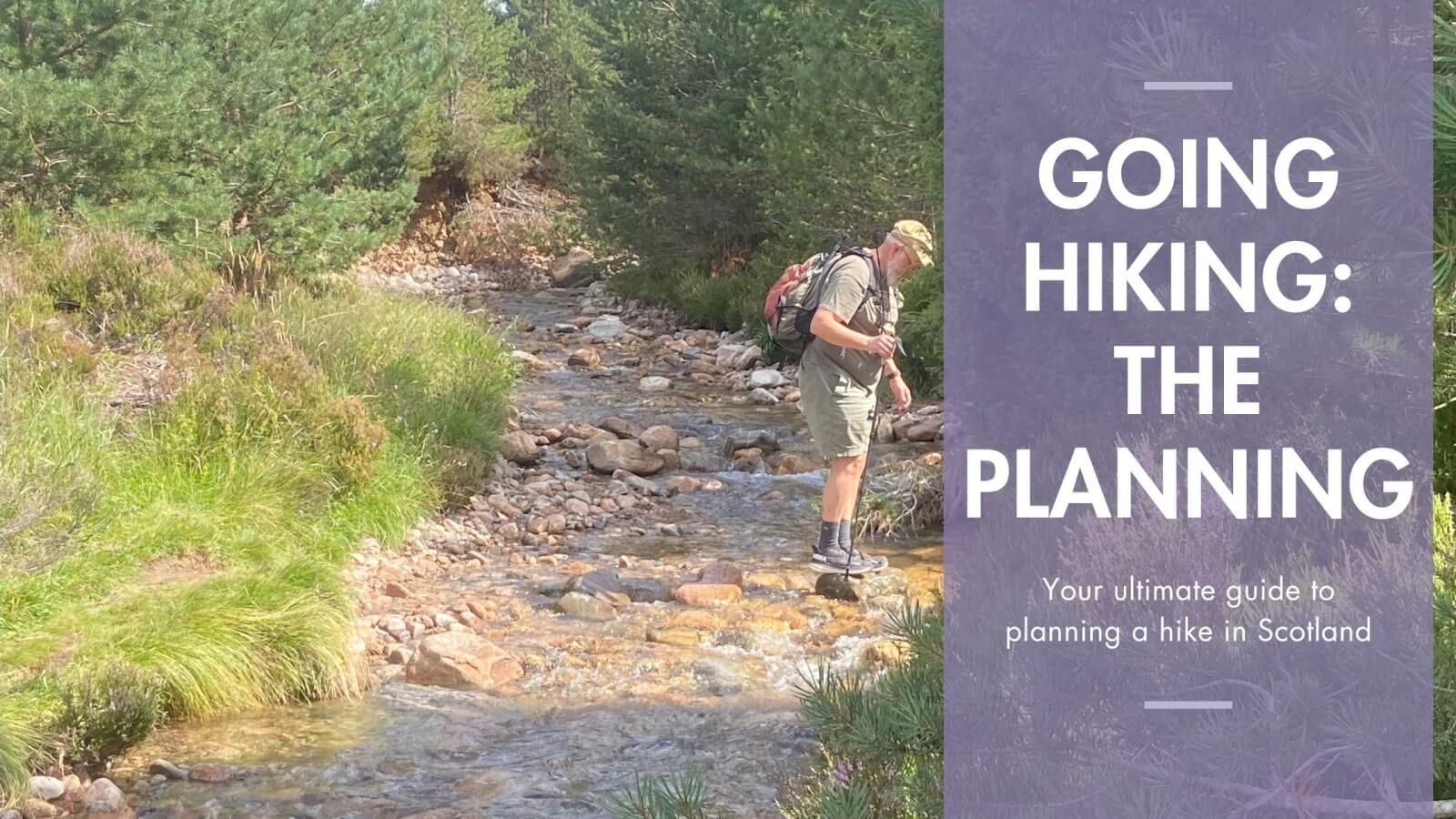Venison and Deer Control in the Highlands: Balancing Nature, Culture, and Community
When you walk across the peaks and high tops, spotting a red deer is often a highlight. But behind the beauty lies one of the Highlands’ most complex questions: how do we manage deer populations in a way that protects nature, respects rural traditions, and supports communities?
At Scot Mountain Holidays, we’re deeply connected to the land and its changing story. This includes understanding why deer management—and venison—matter more than ever in the Cairngorms National Park.
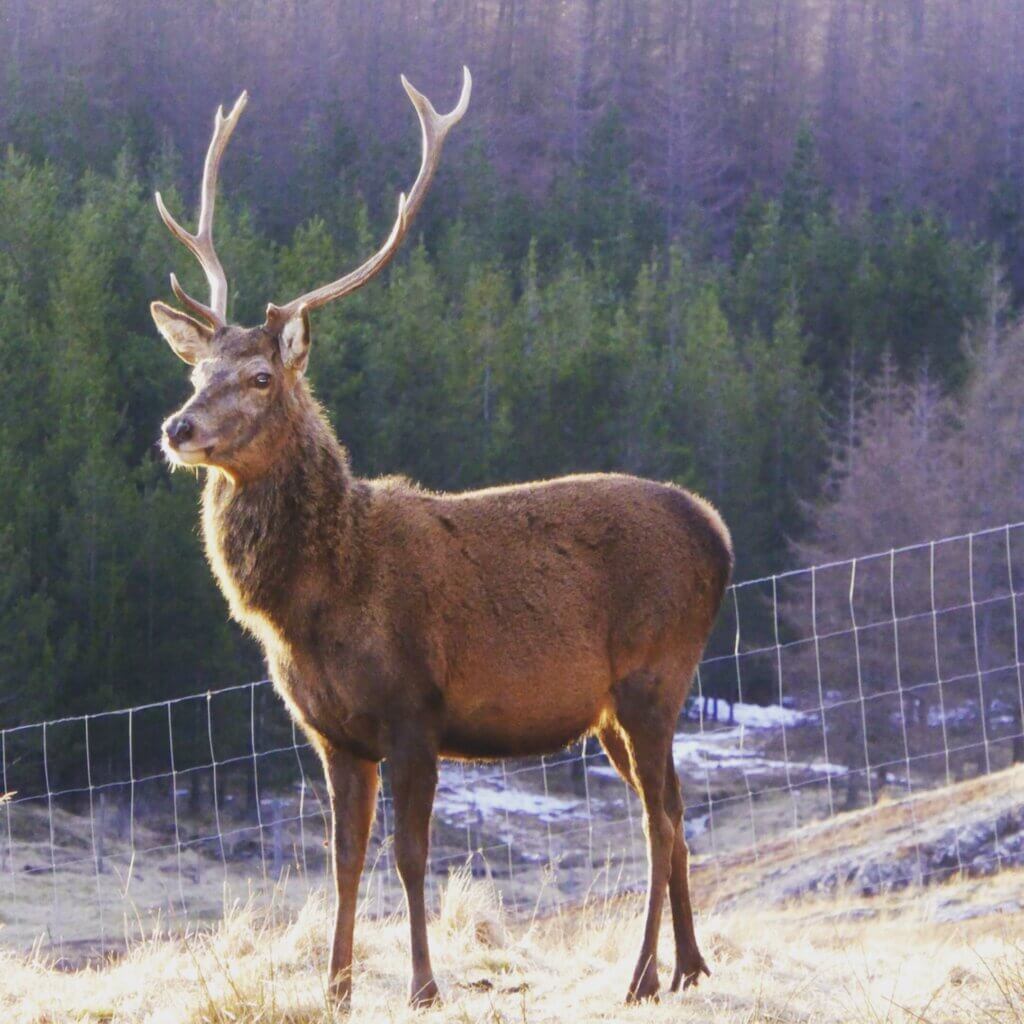
Why Manage Deer at All?
Scotland’s deer population has grown significantly due to the absence of natural predators and reduced hunting pressures. In parts of the Cairngorms, high densities of red and roe deer have a major impact on the landscape:
-
Young trees and native woodland struggle to regenerate due to constant browsing.
-
Ground flora is lost, reducing food and cover for other wildlife.
-
Peatlands—crucial carbon sinks—are damaged by trampling and erosion.
-
Rare species like the capercaillie lose the dense forest habitat they need.
To address this, organisations such as Cairngorms Connect—a partnership of land managers including RSPB Scotland, Wildland Ltd, NatureScot and Forestry and Land Scotland—are working to restore large-scale natural processes across 600 square kilometres of the Cairngorms. One key part of this vision? Reducing deer numbers to allow nature to recover.
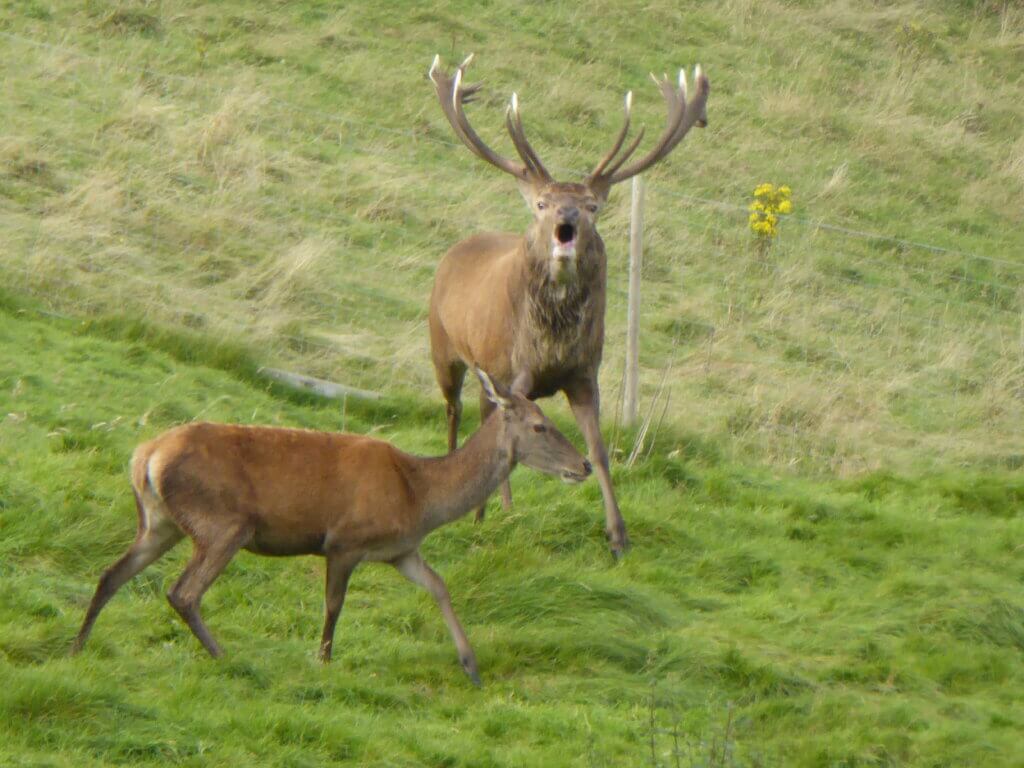
The Role of Venison in Conservation
Culling deer is a sensitive but necessary part of ecological restoration. But it’s not about waste—far from it. In fact, venison is one of the most sustainable meats available: it’s wild, low in fat, rich in nutrients, and has a far smaller carbon footprint than intensively farmed alternatives.
Across the Cairngorms, deer taken during conservation-led culls are now processed through local venison larders, including those supported by Cairngorms Connect. These facilities ensure that wild meat is handled to high welfare and hygiene standards, creating a local food product that supports both conservation and community.
Feeding People, Not Just Ecosystems
One exciting and inspiring aspect of the Cairngorms’ venison story is how it supports social good.
Through partnerships with community organisations and food poverty initiatives, venison from the National Park is increasingly being donated to local food banks. This not only reduces waste but also makes a healthy, high-quality protein available to those who need it most.
In a time when food prices are rising and ecological challenges mount, this joined-up approach—connecting land, people, and food—is a powerful example of how conservation doesn’t have to come at the cost of community.
Balancing Perspectives
While many conservationists support lower deer numbers, others—particularly on traditional sporting estates—highlight the cultural and economic value of deer stalking. It’s a source of rural employment and part of Highland heritage. Some worry that rewilding and reduced deer densities could marginalise long-standing traditions and local voices.
The solution isn’t simple. It lies in collaboration, compromise, and careful stewardship. Projects like Cairngorms Connect aim to demonstrate that ecological restoration can be achieved alongside sustainable rural economies and responsible food production.
How Visitors Can Engage Thoughtfully
When you visit the Cairngorms, you’re stepping into this evolving story. Here’s how you can make conscious choices during your stay:
-
Try local venison from a butcher, restaurant, or farmers’ market that sources meat from sustainable, conservation-driven culls.
-
Learn about rewilding and woodland regeneration—ask us about what’s happening near Fraoch Lodge.
-
Support inclusive conservation, where people and nature thrive together.
A Living Landscape
The red deer is not just a symbol of the Highlands—it’s a keystone species in a changing ecological and cultural landscape. Its future, and the future of the land it grazes, depends on thoughtful management and a willingness to look at the bigger picture.
At Scot Mountain Holidays, we walk through these landscapes every day. We see the impact of too many deer on struggling forests, and we also understand the pride and history that deer stalking represents for many Highland communities.
By connecting with projects like Cairngorms Connect and supporting the use of local venison, we believe it’s possible to restore balance—between people, place, and the wild things that live here.
Join us for a walk through the wild heart of the Highlands—and learn how nature, tradition, and sustainability all share the trail.
📧 Contact us to find out more
🔗 Explore our walking holidays



